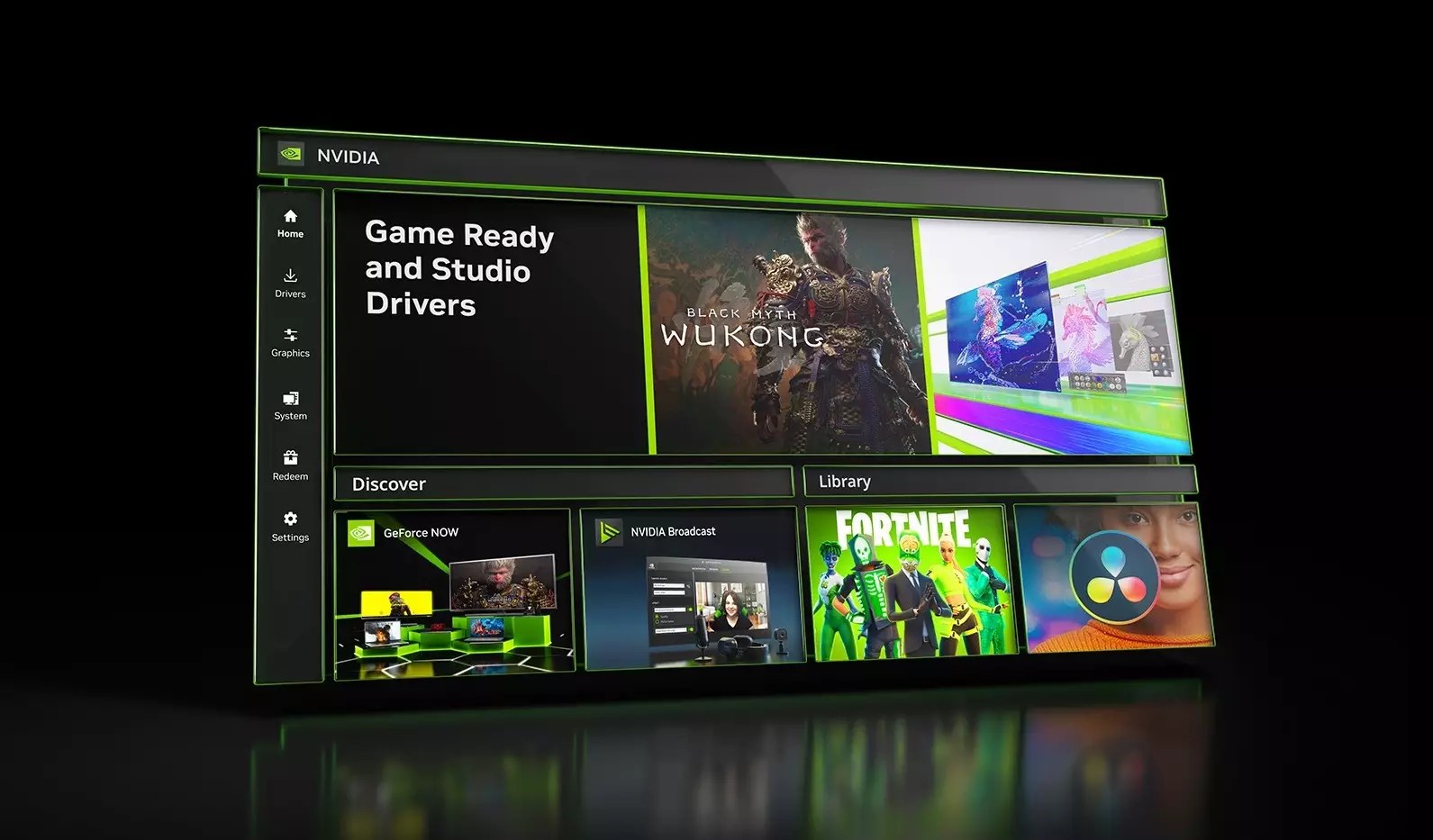In the realm of gaming and high-performance computing, the importance of stable and efficient drivers cannot be overstated. Nvidia, a leading player in the graphics card industry, is well aware of this reality, yet the company seems to be navigating a particularly stormy period with its GeForce driver updates. With the recent release of hotfix driver versions 576.15 and 576.26, users have experienced a spectrum of issues that many had hoped would be resolved. This cycle of releases highlights a systemic challenge within Nvidia’s approach to software development.
The adage “It never rains but it pours” perfectly encapsulates the current situation. After launching the 576.15 hotfix to remedy several issues, Nvidia promptly followed up with 576.26, yet users are reporting that many problems persist. This indicates a lack of thorough troubleshooting prior to pushing updates live—an issue that some might argue undermines Nvidia’s reputation as a trusted provider of reliable technology solutions. The fact that subsequent patches have not fully addressed initial concerns reflects an alarming pattern of insufficient quality assurance processes.
Specific Fixes That Fail to Deliver
Nvidia’s 576.26 hotfix purportedly offers ten additional fixes, primarily targeting RTX 50-series graphics cards. Users have expressed frustration with ongoing graphical issues in high-profile games like *Black Myth: Wukong*, *Red Dead Redemption 2*, and *Horizon Forbidden West*. The ability of any graphics driver to seamlessly integrate with these beloved titles is crucial for maintaining user satisfaction and ultimately loyalty. Therefore, a failure to deliver reliable fixes is particularly damaging.
Moreover, distinct problems have arisen with specific hardware configurations, such as difficulties with LG monitors and persistent GPU temperature tracking issues after PCs wake from sleep mode. When hardware doesn’t behave as expected, the frustration intensifies, especially in the competitive environment of PC gaming where performance is key.
Nvidia’s decision to release hotfix drivers through their own channels rather than incorporate them into the main driver application can seem convoluted. This approach may alienate less tech-savvy users who may not be aware of these hotfixes, leaving them vulnerable to frustration when encountering unresolved issues. They end up navigating amongst the myriad of Nvidia’s official communications, desperately seeking a solution that isn’t readily apparent.
User Feedback: A Mixed Bag of Reception
The feedback from the gaming community regarding the new drivers has been unequivocally mixed. While some users have reported that their issues—like problems connecting LG monitors via DisplayPort—have indeed improved, others are left disillusioned, claiming that fix attempts, like those for *Horizon Forbidden West*, have not made meaningful impacts. This divergence in user experience raises questions about the validity of Nvidia’s testing procedures and whether user input is adequately integrated into their development cycle.
With Nvidia’s own customer care outlets and public feedback threads demonstrating a range of responses, it becomes evident that addressing user concerns is a pivotal area that could benefit from more robust strategies. If the goal is to foster a community that feels engaged and valued, Nvidia must dramatically improve its responsiveness to complaints and enhance the efficacy of its updates.
The Road Ahead: A Call for Comprehensive Solutions
One central aspect of Nvidia’s communications regarding its hotfix drivers is the admission that these updates “run through a much abbreviated QA process”. This disclaimer raises red flags among users who expect a level of robustness in Nvidia’s offerings commensurate with the premium pricing of its hardware. Relying on hotfix updates may provide immediate solutions, but it undermines the user’s confidence in long-term stability and performance.
Nvidia should reconsider its release strategy for driver updates, emphasizing quality over quantity. The gaming landscape is evolving rapidly, and with it, the expectations of consumers. Expanding the testing protocols for hotfixes or integrating feedback mechanisms that allow users to genuinely influence the improvement process will not only bolster user satisfaction but will also reinforce Nvidia’s standing as a titan in the tech world.
In the grand scheme of technological innovation, Nvidia remains a crucial player. However, the recent turbulence surrounding its driver releases showcases an urgent need for transformation. By prioritizing concentrated development and actively heeding user feedback, Nvidia can transform this moment of adversity into one of opportunity for lasting improvement and enhanced user experience.


Leave a Reply